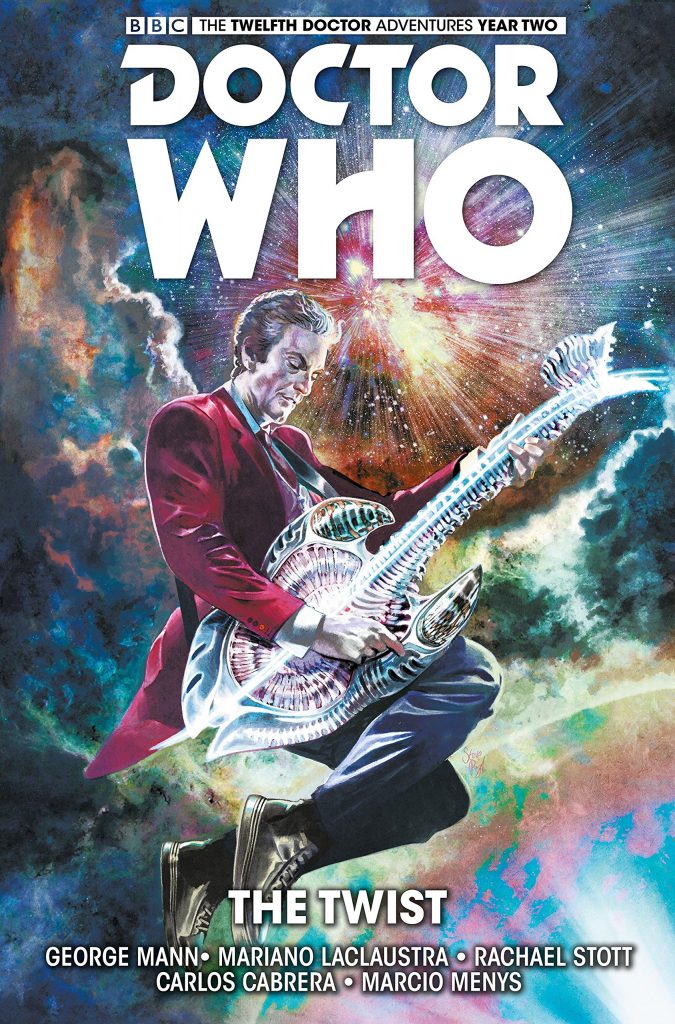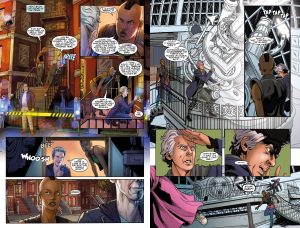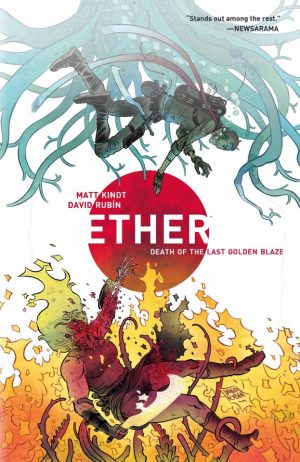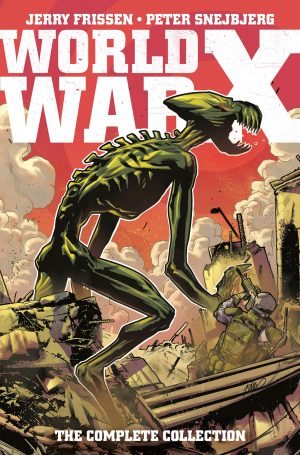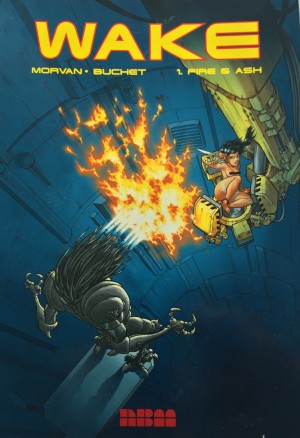Review by Frank Plowright
George Mann has filled in with single chapters over the previous twelfth Doctor graphic novels, but writes both stories collected in ‘The Twist’, the title story being his first opportunity to stretch beyond a single episode. There’s a nice start as the Doctor heads backstage after a rock concert, and from there Mann expands to the origins of humanity on a colonised space station. It’s ambitious and has points to make about the way different groups of humans view each other in the real world, but it’s also obvious with little subtlety about the way the message is delivered, and would have benefited by being contracted to two chapters instead of three. The better parts are how the gig at the beginning has some later relevance, humanity for once being the danger instead of endangered, and the art.
For the longer story, that’s the work of Mariano Laclaustra in his photorealist style, improving again from his previous outing. He’s now more comfortable drawing Peter Capaldi as the Doctor without faces frozen into reference poses, and some of his designs are spectacular. We’re given early notice of this with an electricity generating forest, and a scene at the end with the Doctor finally getting to play his guitar is wonderful. Rachael Stott is equally good on the second story, having to design multiple environments in passing, yet still enabling some eye-catching spreads.
Titan’s editorial policy is that the comics keep up with the TV show continuity as the episodes are originally broadcast, which leads to some puzzling lapses as they’re reissued as graphic novels, never mind years later. Clara Oswald, so prominent in all the twelfth Doctor stories to date, bowed out untrumpeted in the The School of Death, so in order that the Doctor wasn’t constantly explaining himself to himself part of Mann’s brief was to introduce a temporary new companion for the comic stories. That’s Hattie, puzzled and pleasant, but lacking much development beyond her distinctive appearance.
Mann’s second story improves on the first. ‘Playing House’ is concise and with better surprises tying into the core of the Doctor’s technology. The problem is intriguing, comes with a great revelation at the halfway stage, and poses a viable threat beyond that. Sonic Boom is next.
